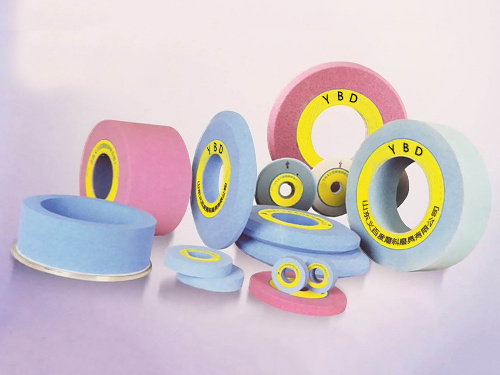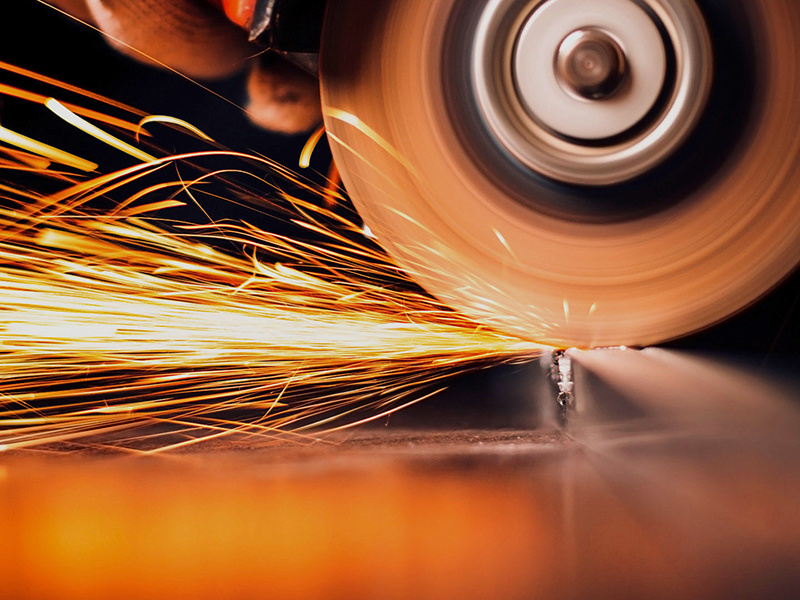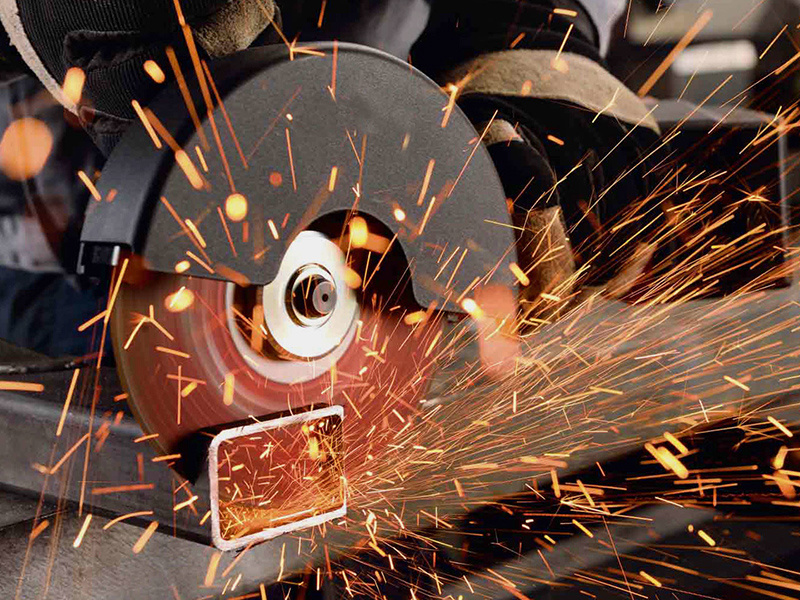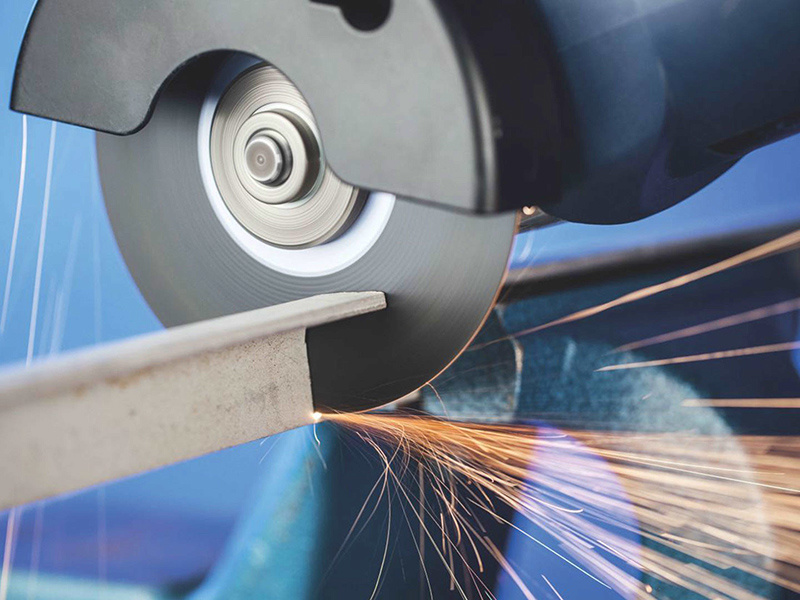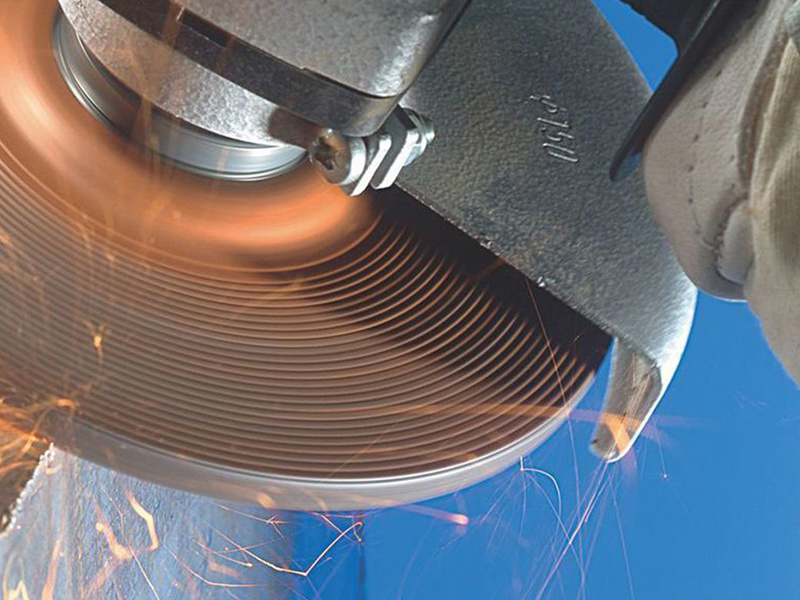Artificial grinding tools are distinguished based on their basic shape and structural characteristics
Release time:
2024-06-25
Artificial grinding tools are classified according to their basic shape and structural characteristics, including grinding wheels, grinding heads, oilstones, and sand tiles, collectively referred to as bonded grinding tools and coated grinding tools. In addition,
Artificial grinding tools are classified according to their basic shape and structural characteristics, including grinding wheels, grinding heads, oilstones, and sand tiles, collectively referred to as bonded grinding tools and coated grinding tools. In addition, it is customary to classify abrasives as a type of grinding tool. Classified bonded abrasives can be divided into ordinary abrasive bonded abrasives and superhard abrasive bonded abrasives according to the different abrasives used. The former is made of ordinary abrasives such as corundum and silicon carbide, while the latter is made of superhard abrasives such as diamond and cubic boron nitride. In addition, there are some special varieties, such as sintered corundum grinding tools. Ordinary abrasive bonded grinding tools are grinding tools that use binders to solidify ordinary abrasives into a certain shape and have a certain strength.
Generally composed of abrasives, binders, and pores, these three parts are often referred to as the three elements of bonded abrasives. Abrasives play a cutting role in grinding tools. Binder is a material that solidifies loose abrasives into grinding tools, and there are two types: inorganic and organic. Inorganic binders include ceramics, magnesite, and sodium silicate; Organic ones include resin, rubber, and shellac. The most commonly used ones are ceramic, resin, and rubber binders. Pores play a role in accommodating and removing debris during grinding, as well as accommodating coolant, which helps to dissipate grinding heat. To meet certain special processing requirements, certain fillers such as sulfur and paraffin can be impregnated into the pores to improve the performance of the grinding tool. This type of filler is also known as the fourth element of grinding tools.



